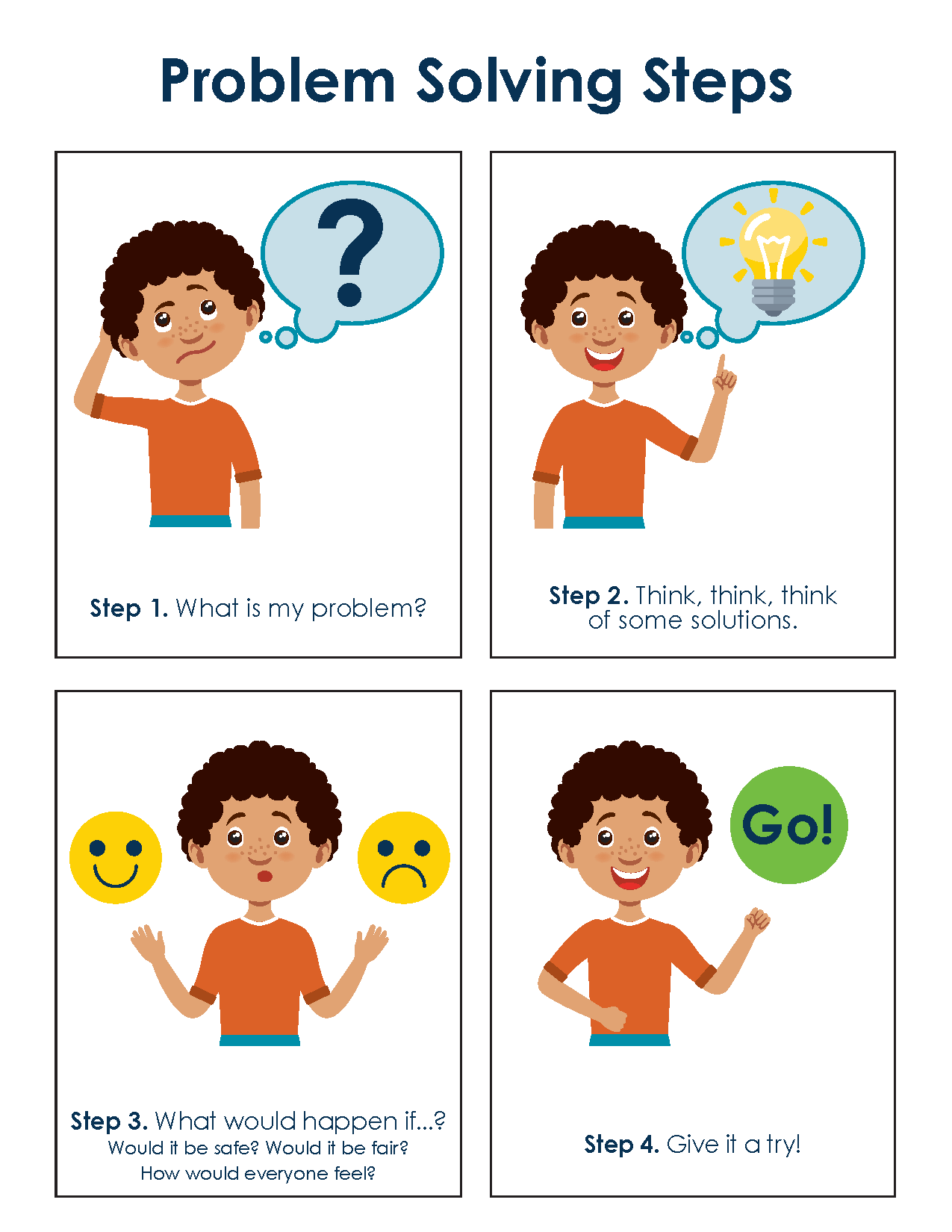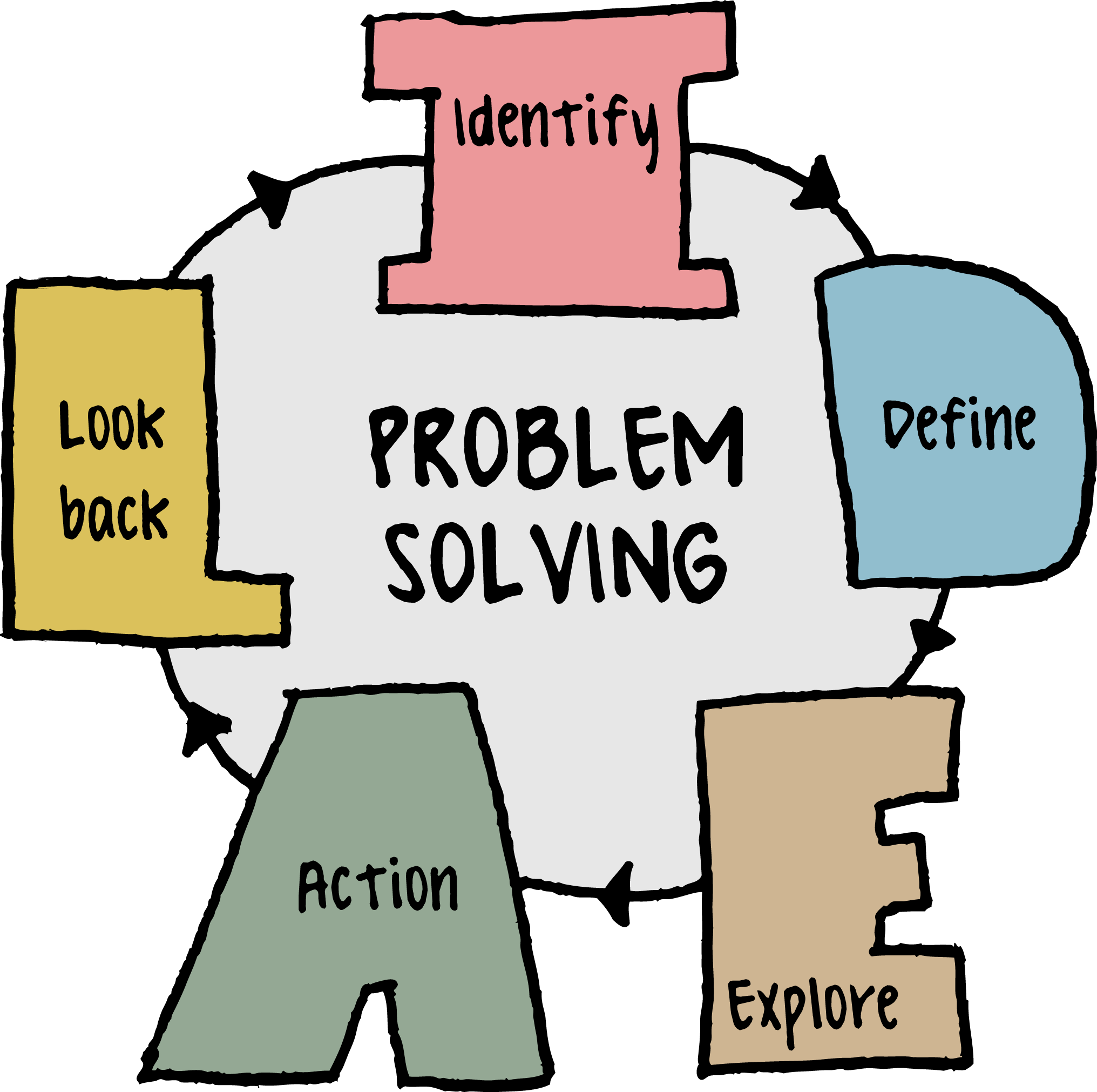Problem Solving Strategies With Examples
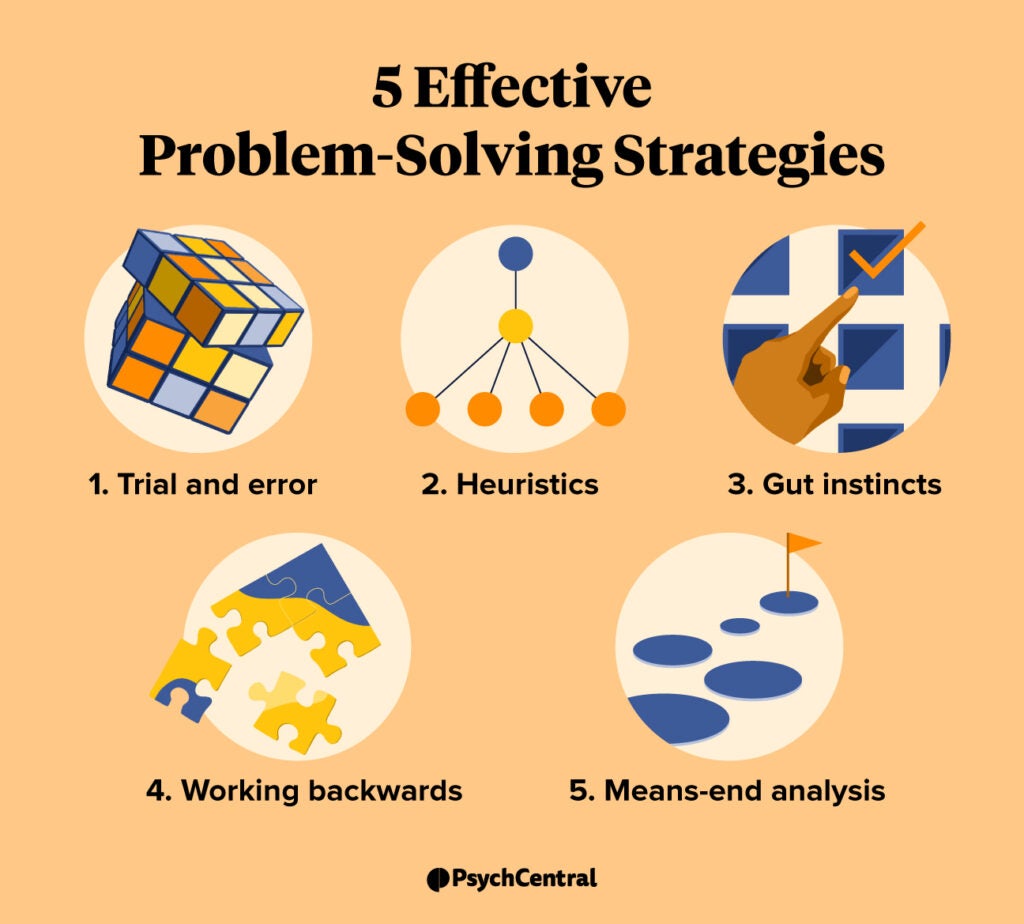
In today's rapidly evolving world, the ability to effectively solve problems is no longer a desirable skill but a critical necessity. From navigating complex professional challenges to tackling everyday personal dilemmas, individuals and organizations are constantly confronted with situations demanding innovative and strategic solutions. The consequences of poor problem-solving can range from minor inconveniences to significant setbacks, highlighting the importance of mastering robust problem-solving techniques.
This article delves into a range of widely recognized and practical problem-solving strategies, illustrating their application with concrete examples. We will explore methodologies like the "5 Whys" technique, the "Root Cause Analysis" approach, and the "Design Thinking" framework, demonstrating how these can be used to dissect problems, identify core issues, and develop effective solutions. By understanding and implementing these strategies, individuals and organizations can enhance their problem-solving capabilities and achieve more favorable outcomes.
Understanding the Landscape of Problem-Solving
Problem-solving is not a monolithic process. It encompasses a diverse set of skills, including critical thinking, analytical reasoning, creativity, and decision-making.
Different problems necessitate different approaches, and the choice of strategy often depends on the context, complexity, and available resources.
The "5 Whys" Technique
The "5 Whys" is a simple yet powerful technique used to explore the cause-and-effect relationships underlying a problem. By repeatedly asking "why," you can peel away layers of symptoms to uncover the root cause.
For instance, consider a scenario where a production line experiences frequent stoppages.
Asking "Why is the production line stopping?" might reveal that a machine is malfunctioning. Asking "Why is the machine malfunctioning?" might lead to identifying a faulty component. Continuing this process, asking "Why is the component faulty?" could uncover a manufacturing defect, inadequate maintenance, or improper use. Ultimately, addressing this root cause prevents future stoppages.
Root Cause Analysis (RCA)
RCA is a more comprehensive problem-solving method that seeks to identify the fundamental cause of an incident or problem. It moves beyond immediate symptoms to understand the underlying systemic issues.
A hospital experiencing a high rate of medication errors might use RCA to investigate the factors contributing to these errors. This could involve analyzing workflows, reviewing staff training procedures, examining communication protocols, and assessing the effectiveness of safety checks.
By identifying deficiencies in these areas, the hospital can implement corrective actions to prevent future errors and improve patient safety. According to the Agency for Healthcare Research and Quality (AHRQ), effective RCA implementation is crucial for patient safety improvements.
Design Thinking
Design Thinking is a human-centered, iterative problem-solving approach that emphasizes empathy, experimentation, and collaboration. It involves understanding the needs and desires of the end-users, generating ideas, prototyping solutions, and testing them iteratively.
A software company developing a new mobile application might use Design Thinking to ensure the app meets the needs of its target audience. They would start by conducting user research to understand user pain points and needs, then brainstorm potential solutions, create prototypes, and test them with users. This iterative process allows the company to refine the app based on user feedback, creating a more user-friendly and effective product.
The Importance of Adaptability and Critical Thinking
Regardless of the chosen strategy, adaptability and critical thinking are essential components of effective problem-solving. Complex problems rarely have simple solutions, and successful problem-solvers must be able to adjust their approach as new information emerges.
Critical thinking allows individuals to evaluate evidence, identify biases, and make informed judgments, leading to more effective and well-reasoned solutions.
Looking Ahead: Embracing a Culture of Problem-Solving
In an increasingly complex and uncertain world, fostering a culture of problem-solving is crucial for both individual and organizational success. This involves investing in training programs, promoting collaboration, and encouraging experimentation.
By embracing these strategies and cultivating a proactive approach to problem-solving, individuals and organizations can navigate challenges more effectively and achieve their goals. As stated by Peter Drucker, "The best way to predict the future is to create it", and effective problem-solving is a key ingredient in shaping a successful future.

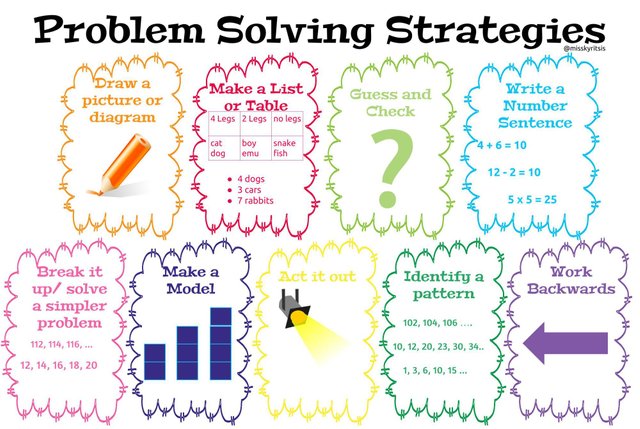



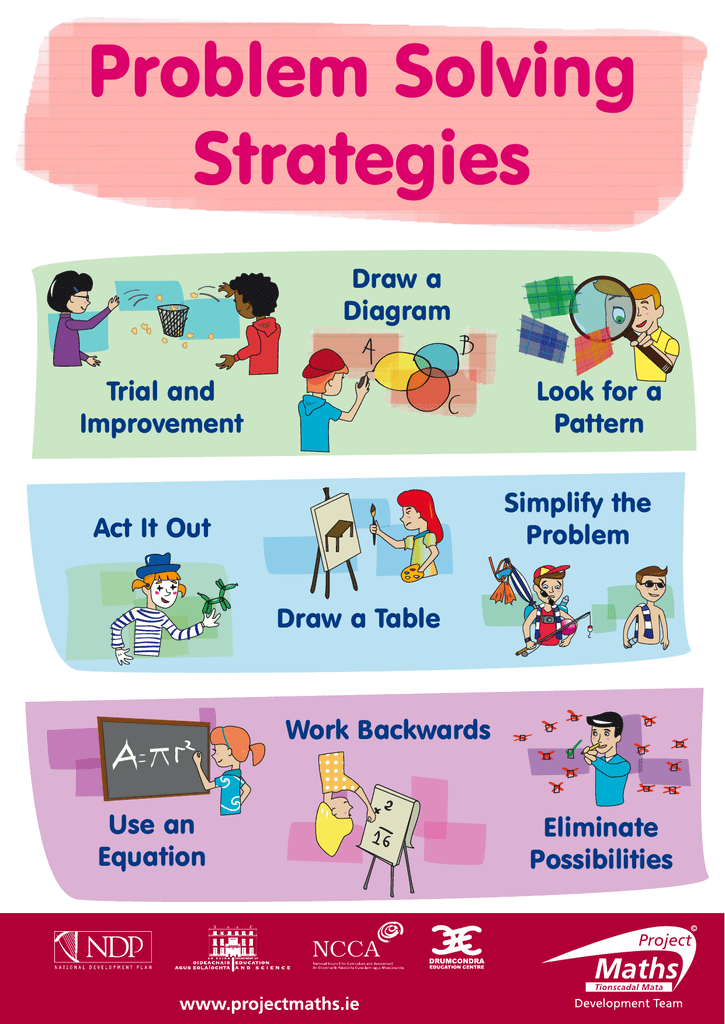




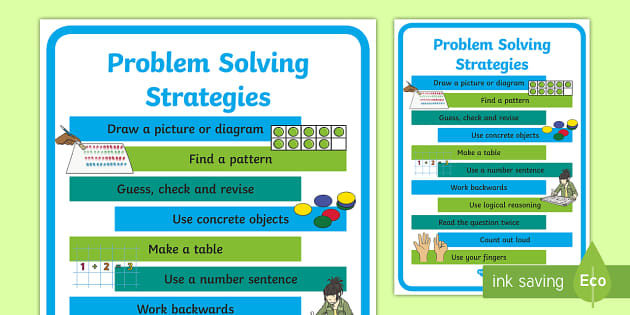

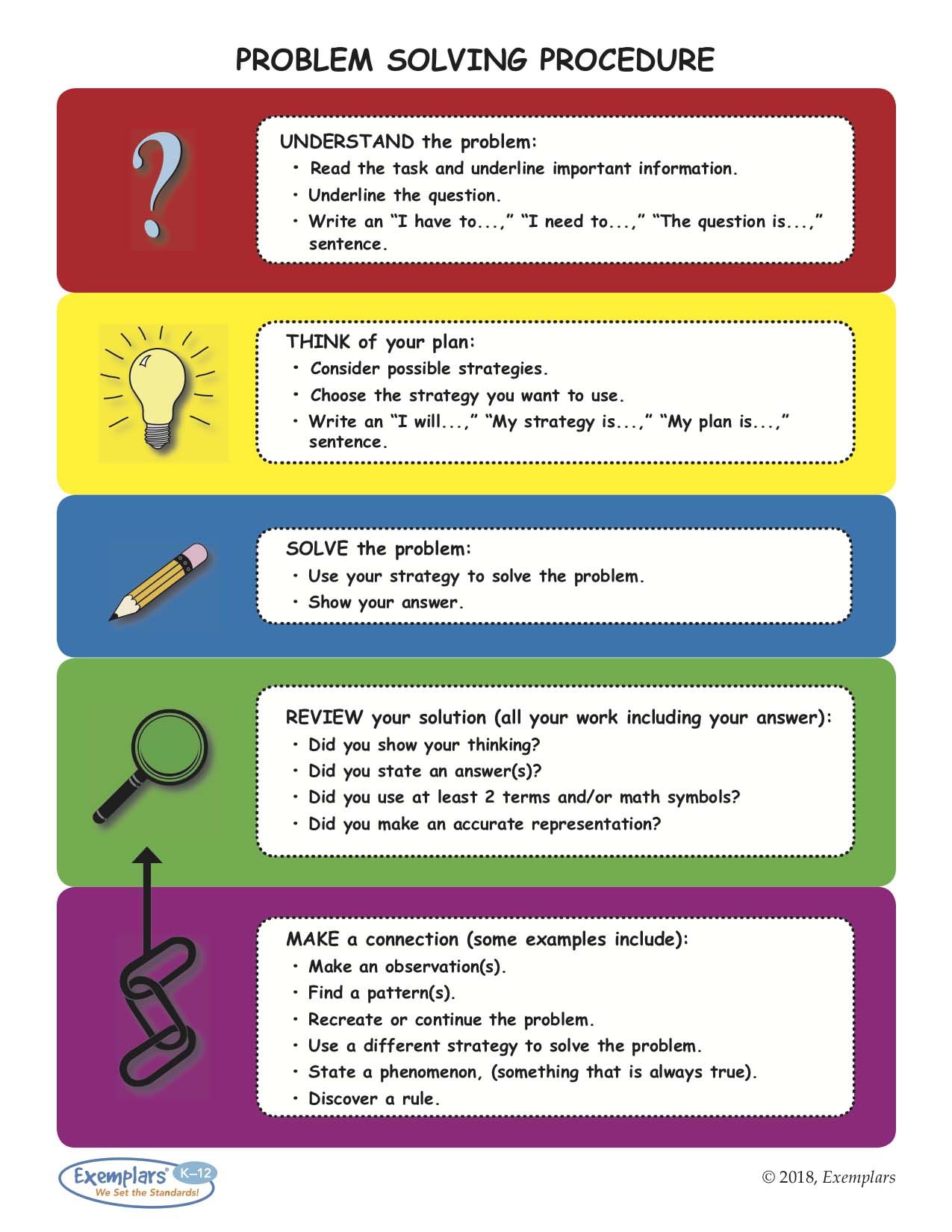
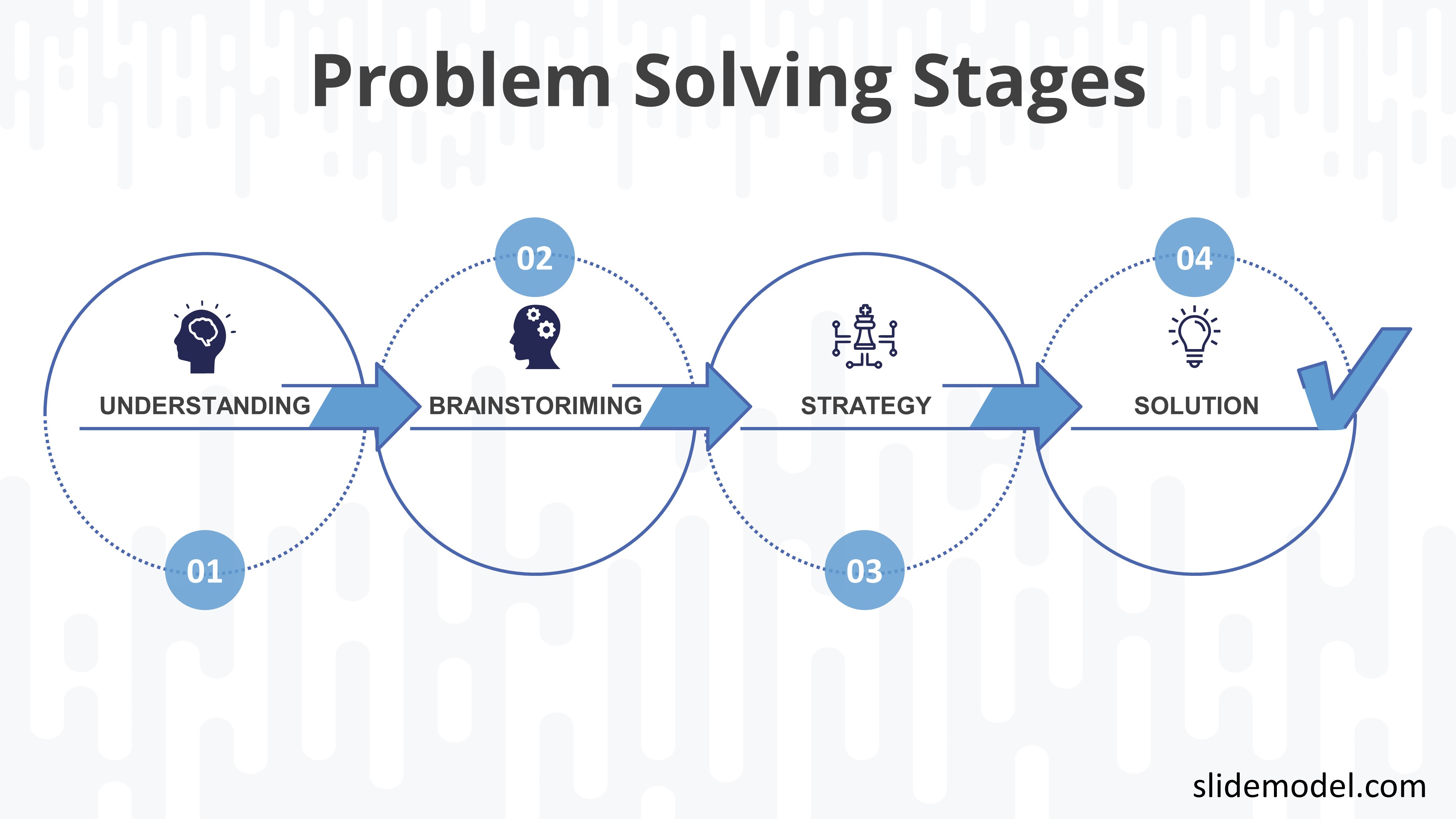
/problem-solving-skills-with-examples-2063764_Final-5c532ffbc9e77c000102b65a.png)

